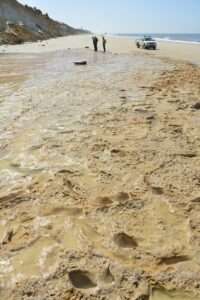This rare and previously unknown papyrus dating back thousands of years to Solomon’s Temple has been repatriated to Israel where it is joining the country’s collection of Dead Sea Scrolls after hanging on the wall of a house in Montana for years.
The unique papyrus, which is not much bigger than a postage stamp, as can be seen in the footage, and which contains only a few words in ancient Hebrew, dates back around 2,700 years and was tracked down to the state of Montana, in the USA, after it was gifted to a woman who visited Jerusalem in 1965 by an antiquities dealer.
Newsflash obtained a statement from the Israel Antiquities Authority, on 7th September, that said that there are only three papyri from this period in their collection and that they had repatriated this one thanks to “an intelligence operation” that was the result of cooperation between “the Antiquities theft Prevention Unit of the Israel Antiquities Authority, Professor Shmuel Ahituv, recipient of the Israel Prize for Biblical Studies, the Ministry of Culture and Sport, and the Ministry of Jerusalem and Heritage”.
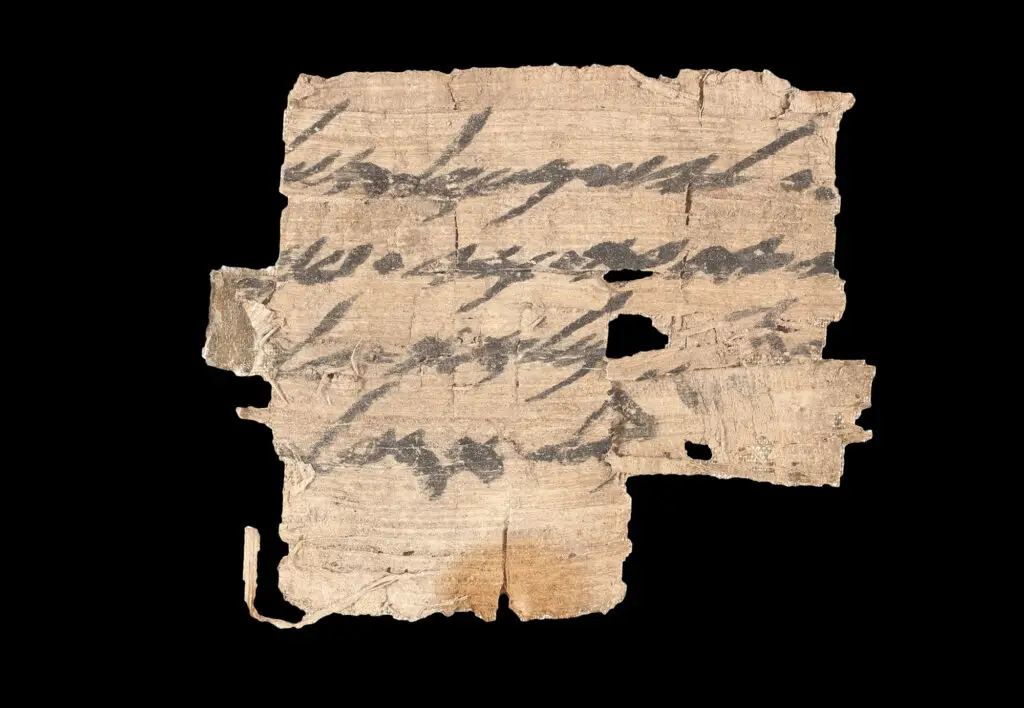
The Israel Antiquities Authority said that the papyrus is “a First Temple-period document, dated to the late seventh or early sixth century BCE. The document is written in ancient Hebrew script on papyrus, and it was probably found in the Judean Desert caves.”
The Authority added that it is believed that the document is part of a letter written to a person named Ishmael. They experts said: “The extremely rare document is composed of four torn lines that begin with the words ‘To Ishmael send…’, the text hinting that it is a fragment of a letter containing instructions to the recipient.
“Based on the writing, it is proposed to date the ‘Ishmael Papyrus’ to the seventh to sixth centuries BCE, joining only two other documents from this period in the Israel Antiquities Authority Dead Sea Scrolls collection. All three papyri come from the Judean Desert, where the dry climate enables the preservation of the papyri.”
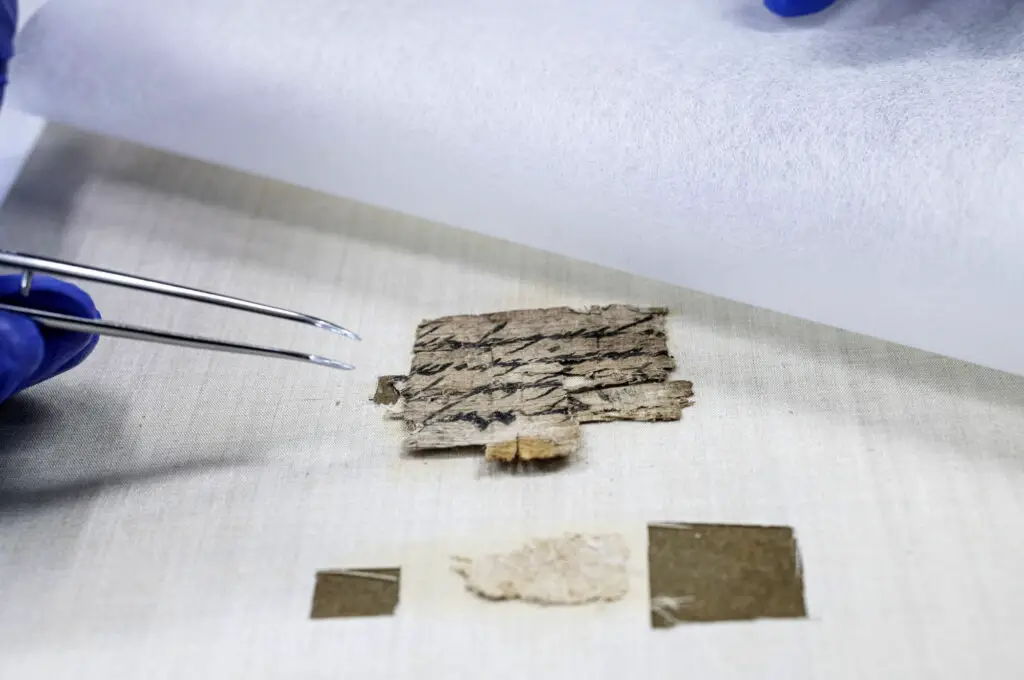
Explaining how the document turned up in Montana, the Authority said: “The story began when Dr Ada Yardeni, scholar of Ancient Hebrew Script, passed away in June 2018, and Professor Shmuel Ahituv was asked to complete the publication of a document she was working on.
“Ahituv was surprised to encounter the photograph of a rare and, until then unknown, document from the First Temple period, together with Yardeni’s preliminary decipherment. This led to a joint campaign by Ahituv and the Antiquities theft Prevention Unit of the Israel Antiquities Authority to locate the whereabouts of the original document.
The intelligence mission succeeded, and the person who owned the papyrus, a resident of Montana, USA, was located. He explained that the papyrus was given to his mother when she visited Jerusalem in 1965, by Joseph Sa‘ad, Curator of the Rockefeller Museum, and Halil Iskander Kandu, a well-known antiquities dealer from Bethlehem, who many years ago sold thousands of Dead Sea scroll fragments. Back home, his mother hung the framed scroll fragment on the wall.”
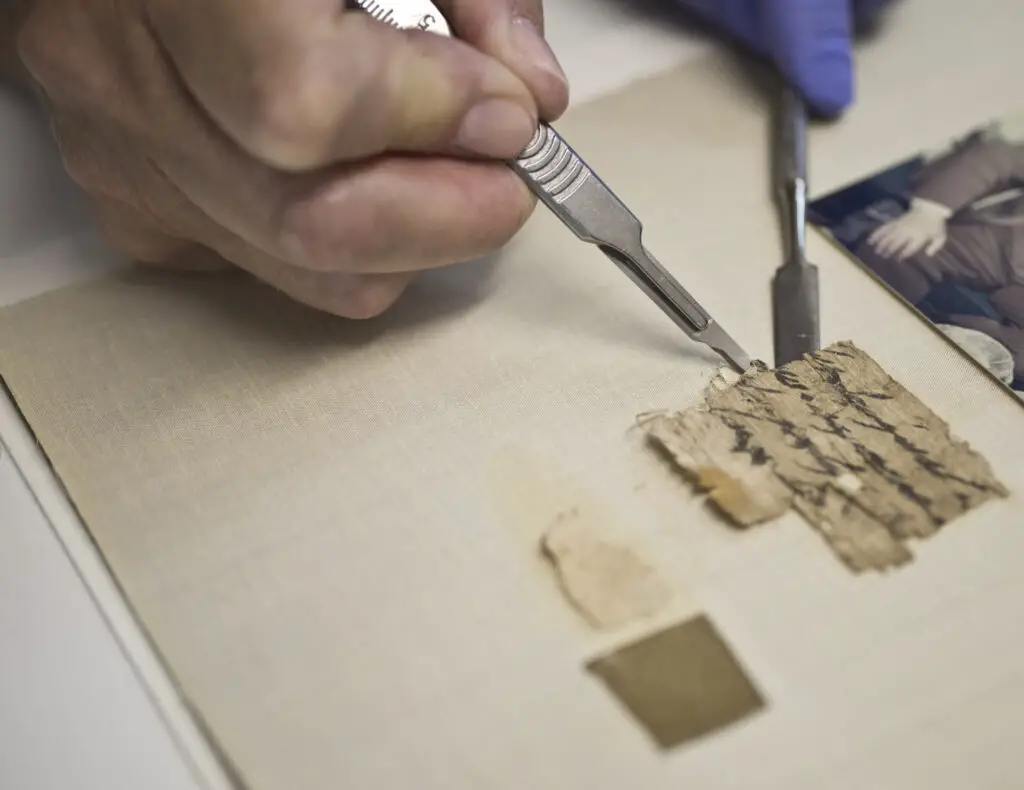
The Israeli authorities invited the American man to Jerusalem to visit the Israel Antiquities Authority Judean Desert Scroll Department’s Conservation Laboratory.
They said that after the visit, “the owner was convinced that here were the best conditions to conserve and research the rare document, and he generously gave it to the Israel Antiquities Authority.”
The Israeli authorities took a tiny sample from the document and dated it radiometrically to make sure that the papyrus was genuine.

The Authority said that the document has been researched by Professor Ahituv, who will present his findings at the Israel Antiquities Authority’s First Judean Desert Conference at the Bible Lands Museum in Jerusalem on Thursdfay, 15th September.
Hili Tropper, the Israeli Minister of Culture and Sport, said: “We are retrieving lost treasures from the past”.
And Zeev Elkin, the Minister of Construction and Housing, and Minister of Jerusalem Affairs and Heritage, hailed it the return of the papyrus as “an important discovery”.
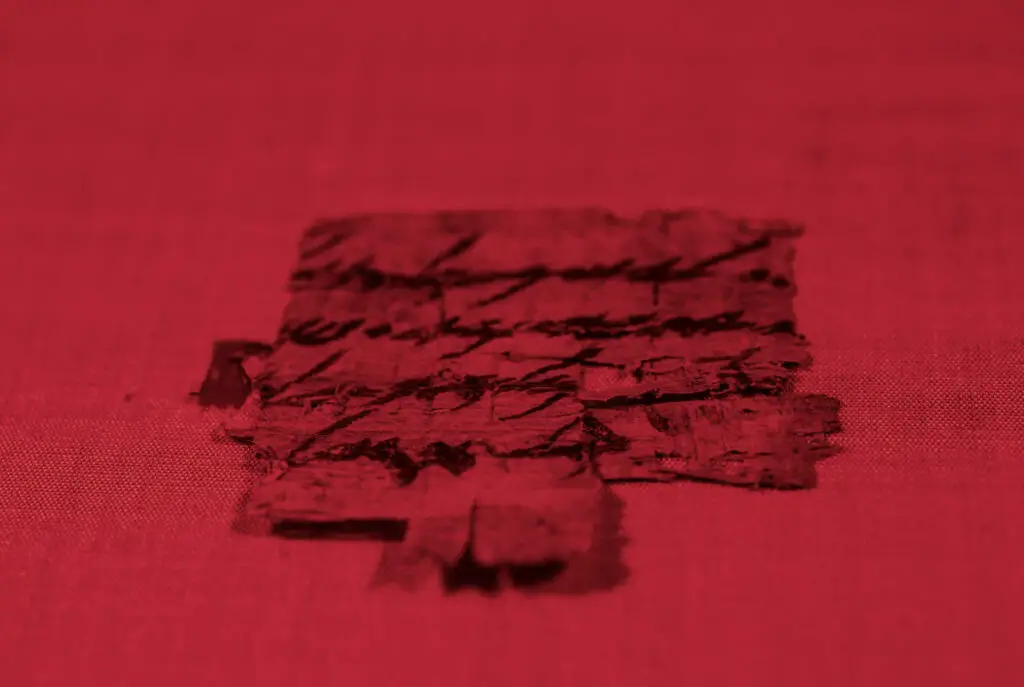
The Dead Sea Scrolls are ancient Jewish and Hebrew religious manuscripts that were discovered in 1946 and 1947 in the Qumran Caves, in the Judaean Desert, on the northern shore of the Dead Sea. They are one of the most important pillars of the history of archaeology and are considered highly significant by scholars of history, linguistics and religion.



